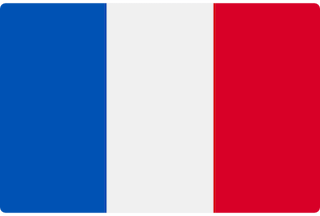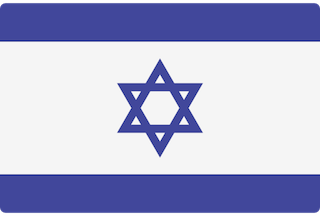History of Israel
Netanya |
|
Population: 230,000 (2022). Netanya was founded in 1929, a coastal city established on cliffs 20 to 40 meters above sea level. In the 1930s, the city rapidly developed with its first hotel, the Tel Aviv Hotel, built in 1933, and the first factory, Primazon, the following year. It was the first Jewish area to receive city status in 1948, upon the establishment of the state of Israel. A decade later, the city's population had quadrupled and it also became one of Israel's most active tourist cities. The city boasts its beaches as the sunniest on the Mediterranean coast and is very proud to still be the favorite city for tourists. Foreign investors aware of the city's potential have invested in more than 23 hotels in Netanya. Over the last decade, the city has benefited from a peak in construction and residential developments, adding thousands of units in suburbs such as Kiryat Nordau and Ramat Poleg in the south. Netanya is a junction of the Sharon on the coastal road flanked by a railway running inland serving Israel's major cities. An industrial zone has been established, with textile weaving, food industries, and bottle manufacturing complemented by the production of chemical, pharmaceutical, rubber and plastic products, wine, and paper products. However, the city's most famous industry remains diamond cutting and polishing, an activity created by Belgian immigrants just before World War II (1939-1945). Netanya also offers a park-like promenade, the most flower-filled in the country, from which stairs lead to the beaches where breakwaters separate the sand strip into artificially curved wave breakers. Rehov Herzl, the main street, leads to the tourist information office, Kikar atsmaout, and the promenade, which is the nerve center of Netanya and where numerous varied restaurants (Oriental, Chinese, seafood, etc.), clothing stores, jewelry, and beach items are located. Partly pedestrianized, on Friday and Saturday nights it is literally invaded by Netanyans indulging in their favorite pastime: strolling the streets. Visitors also enjoy rides in colorful horse-drawn carriages. Netanya enjoys sea breezes and gentle sun for most of the year. Winters are temperate and not as humid as in the north. Its population is considerably increased by vacationers almost all year round. |


 Faire son crédit en FRANCE ?
Faire son crédit en FRANCE ? Faire son crédit en ISRAËL ?
Faire son crédit en ISRAËL ?



